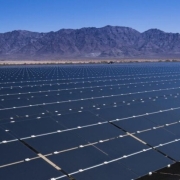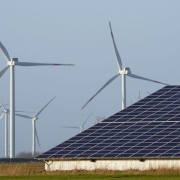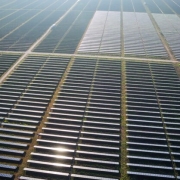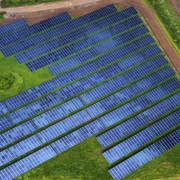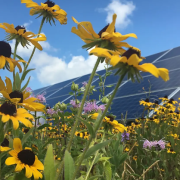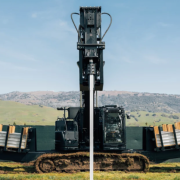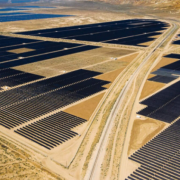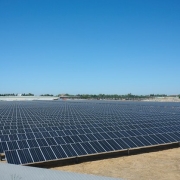The Bureau of Land Management is advancing construction for its energy storage system in Riverside County, California, furthering the energy capacity of the Desert Sunlight Solar Farm.
Once completed, the Sunlight Storage II Battery Energy Storage System project will increase the project’s total storage capacity by 530 megawatts, enough to power over 90,000 homes. BLM’s Desert Sunlight Battery Energy Storage System, approved in 2021, already provides 550 MW of electricity and 230 MW of energy storage for the state’s power grid.
Click here to read the full article
Source: Environmental Leader
—
If you have any questions or thoughts about the topic, feel free to contact us here or leave a comment below.

